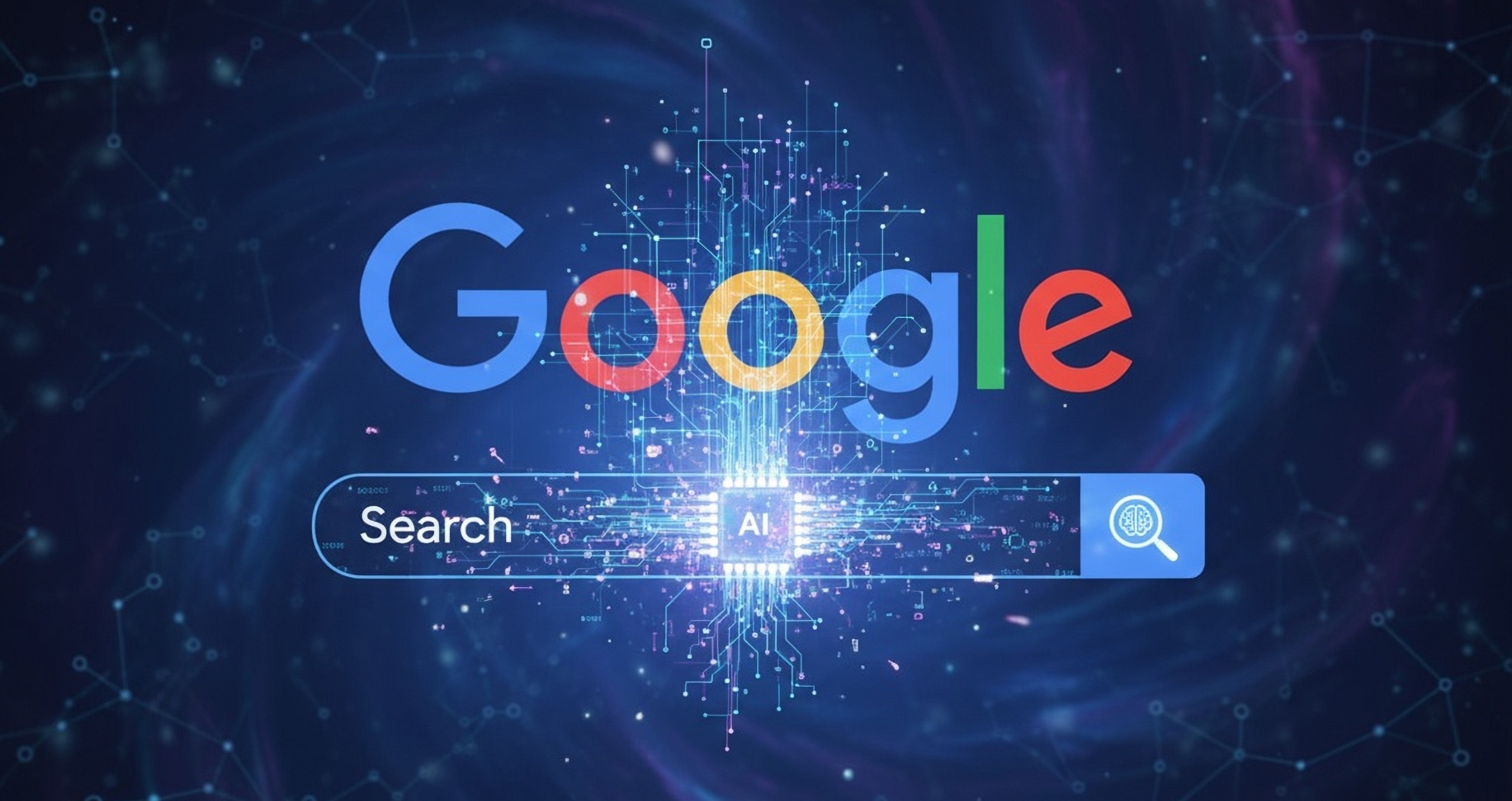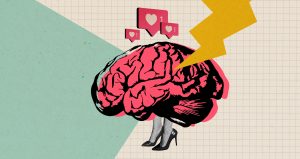Digital advertising is experiencing a fascinating moment: it has never been easier to activate campaigns… and it has never been more complex to understand what lies behind them. The Google Ads ecosystem is advancing at breakneck speed, driven by artificial intelligence capable of processing millions of signals in milliseconds. And although it may sometimes seem that the system ‘cooks and eats itself’, the reality is more nuanced: current efficiency is the result of a combination of good human judgement and increasingly sophisticated machine learning.
Today, the success of campaigns no longer depends on manually adjusting bids or reviewing hundreds of keywords, but rather on how we feed and guide Google’s AI to make the right decisions.
Automation and machine learning: the new normal
The arrival of Smart Bidding, Performance Max, Demand Gen, and automatically generated creatives has marked a turning point. These solutions analyse thousands of variables for each bid: from the context and user intent to the device, the content being consumed, and the likelihood of conversion.
It is, in essence, an ecosystem capable of deciding in real time which advertisement to show, to whom, how much to bid, and at what exact moment, with a precision that is impossible to replicate manually. Google is pushing this model towards an environment that is increasingly closer to programmatic, where DV360 has historically been the standard-bearer for advanced automation.
But this power only works when it is properly fuelled. AI needs reliable data, correctly defined events in GA4, clear signals about what the brand considers to be real value, and a campaign architecture aligned with business objectives. Without this, the system optimises… yes, but in the wrong direction.
Poor configuration is not just inefficient: it gives AI an incomplete map.
Clear advantages… and risks that cannot be ignored
Google’s AI opens up great opportunities for advertisers:
- Continuous bid optimisation, impossible to replicate manually.
- Dynamic creatives that combine titles, descriptions and images in thousands of possible versions.
- Automatic redistribution of the budget to what performs best, even across channels or audiences.
- Identification of new segments that the advertiser may not have even considered.
However, it is not all positive. Automation brings with it limitations that require human judgement:
- Loss of visibility: we know less and less about which specific audiences receive the adverts.
- Less creative control: AI chooses combinations that do not always represent the brand’s tone.
- System learning curve: weeks of adjustments where results can be unstable.
- Absolute dependence on measurement: if the data is wrong, AI will definitely make the wrong decisions.
Google is slowly beginning to open up the black box (such as the new betas that show more Performance Max data), but there is still some way to go to achieve a balance between transparency and automation.
AI does not replace specialists. It empowers them.
There is a mantra we should engrave on every dashboard: AI executes; the specialist interprets.
Marketing professionals are no longer there to pull strings, but rather to design strategies, define business objectives, create solid structures, choose relevant signals, and analyse what AI does not yet understand: context, brand, user, timing, competition.
Because an algorithm can optimise towards a lower CPA, but it does not know whether that conversion adds value, whether the brand is in a delicate situation, or whether the strategic priority lies elsewhere.
AI does not think about business. That remains 100% human.
The immediate future: hybrid intelligence
The path laid out by Google is clear: more unified campaigns, more autonomous systems, and advertisers who become architects rather than mechanics. The challenge is not to ‘blindly trust’ the algorithm, but rather to guide it with the right strategy and impeccable measurement.
Because efficiency does not come from AI alone. It comes from how we use it.
Brands that combine human judgement with intelligent automation will be the ones that truly succeed in an environment where speed and precision are everything.






